Before you can get where you want to go, you need to know where you are!
Almost half of all Americans plan to make finance-related New Year’s resolutions in 2024, according to a recent study from WalletHub. That’s 36% more than planned to make resolutions in 2023. And the good news: more than half of those who make resolutions believe they’ll keep them for a full year.
Know Your Numbers
Before you can get where you want to go, you need to know where you are! Figure out your budget: how much many is coming in every month and how much is leaving. Many people don’t know where their money goes and this is a good way to crack down on wasted spending. A great place to start is to look at those streaming subscriptions, unused memberships, and dining costs.
Eliminate Debt
Debt, especially bad debt like credit cards, personal loans, and student loans, can hold you back from your dreams like having children, buying or upgrading a house, and even retiring when you would like to. The average student loan debt is over $39,000 per student loan holder and many have stretched their payments out over a decade.
Save for Emergencies
If we knew when things would go badly, like a major car repair, house repair, or medical expense — that would be easy. That’s why we need emergency funds. My recommendation for a proper emergency fund is that you have 3 to 6 months of your expenses readily available in cash, checking, or savings while you’re working. If you are retired living on a fixed income, you should have 6 to 12 months of your expenses available. I don’t count retirement accounts as reserves because there are tax implications for withdrawing money. Take advantage of the banks’ high interest rates right now on these savings accounts. You can still find 3-5% high yield savings for the time being before the Fed starts to drop interest rates.
Up Your Retirement Contributions
Make a goal to increase your employer sponsored plan contributions as much as you can. You can contribute up to $23K a year in your 401k, 403b, TSP, or 457 plan if you are under age 50. There is a “catch-up” contribution of another $7,500 if you are age 50 and older. Most people don’t start at the max limits — they gradually get there by increasing your contributions every time you receive a raise or are able to eliminate some debt out of your life. Remember, always start by contributing at least the company match, if not you are throwing free money away. If your employer matches 5% and you are only contributing 3%, you are giving away 2%. It’s actually more than that. If a 25-year-old who makes $100,000 a year contributes an additional $2,000 a year to get the additional 2% employer match at a 6% hypothetical return for 40 years — retiring at 65 — that would equate to $619,000 of extra retirement funds!
2023 Isn’t Over Yet
You still have time to make an impact on your 2023 taxes. You can still contribute to an IRA by April 15 to receive a tax deduction for last year. You can contribute up to $6,500 if you are under age 50 and $7,500 if you are 50 and over. SEP and Simple IRAs have higher limits so check with your advisor or CPA. You can choose to contribute to a Roth IRA, but you will not be able to receive a tax deduction. I do recommend considering a Roth IRA because those dollars grow tax free and the withdrawals are also tax free in retirement. There are income limits that you need to fall into to contribute to a Roth, so make sure to know your last year’s income before contributing.
Originally Featured on AlphaNews.org









